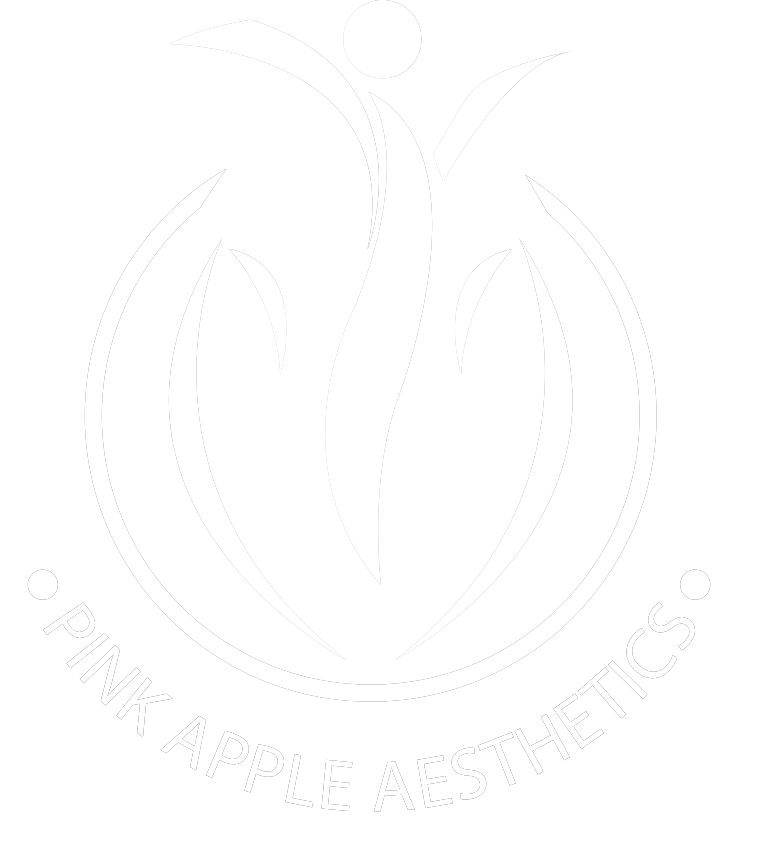Breast implants are prostheses used to change the size, shape, and contour of an individual’s breast. They are placed surgically in the breast for various reasons. For example, in reconstructive plastic surgery, breast implants are placed to restore a natural-looking breast following a mastectomy (breast removal procedure) to correct congenital defects and deformities of the chest wall. When performed for cosmetic purposes to enlarge the appearance of the breast, the procedure is called breast augmentation surgery.

Breast implants are placed behind the breast tissue or the chest muscle. The surgery is performed under general anaesthesia and is performed fairly routinely. Although breast implants last for a long time, about 10–20 years, they do not last for a lifetime. A follow-up surgery might be required.
Types of breast implants
There are 2 types of breast implants available, differentiated on the basis of the filler material used in them. There are continuous improvements coming up in this field to make breast implants safer and more natural-looking. Currently, the following types of breast implants are used:
Saline breast implants
- Saline implants have an outer shell made of silicone, but the shell is inserted empty. It is then filled with sterile saline, which means the incision site is often smaller and less noticeable. A drawback of saline is that they are more easily seen under the skin (often causing rippling), and the individual may feel water sloshing. These implants are sometimes overfilled to avoid rippling or wrinkling.
- Saline implants generally feel more firm than natural breast tissue and can be used in individuals aged 18 years and above.
- A variation of saline implants called baffled saline implants have water dispersed in separate chambers, which makes the water move less quickly and may reduce some of the sloshing and the rippling.
- These are mainly used in breast reconstruction following mastectomy.
Silicone breast implants
- These implants are made fully of silicone, a synthetic material. Silicone has the advantage that it feels similar to human fat. These implants have a silicone case filled with a silicone gel. These implants are sometimes referred to as “gummy bear” implants.
- Silicone implants look and feel considerably more natural; however, they do pose more risk if they rupture. It is recommended to check for ruptures every few years through MRI.
Saline and silicone implants are considered safe, though both the implants have the potential to rupture, which requires additional surgery to correct or remove.
There are a few complications associated with breast implants, which are:
- Implant placement can change, and it ends up looking unnatural. It requires corrective surgery to remove or reposition the implant.
- Implant leakage or rupture can happen in either of the implant types, causing complications and requiring corrective surgery.
- Breast implants are also reportedly associated with the development of anaplastic large cell lymphoma. It is called breast implant-associated anaplastic large cell lymphoma (BIA-ALCL).
For Enquiries and Online Appointments
For more detailed information about Breast Implants, please send us a message today.

